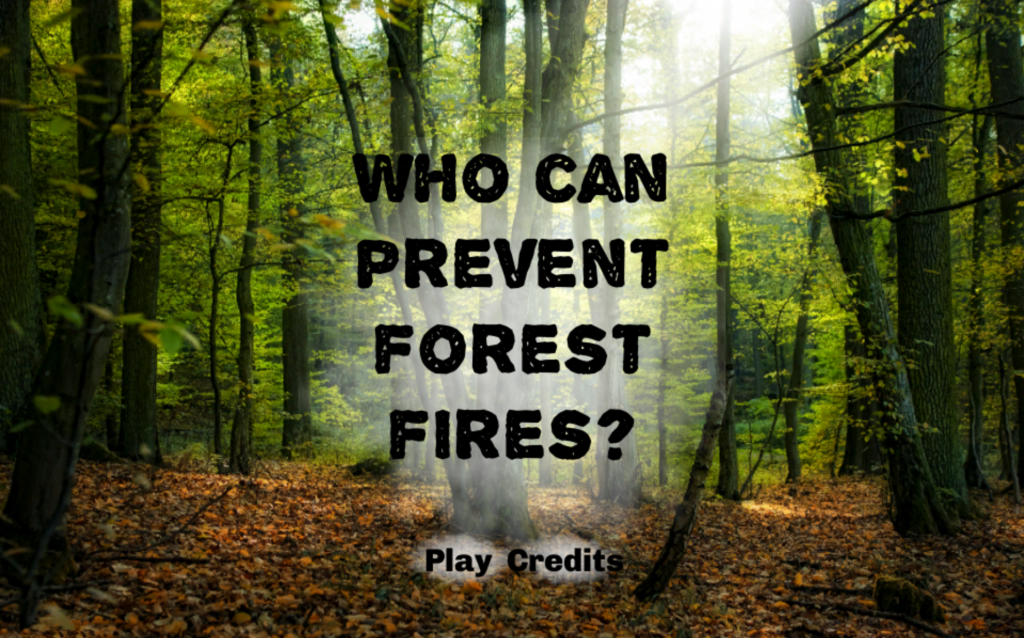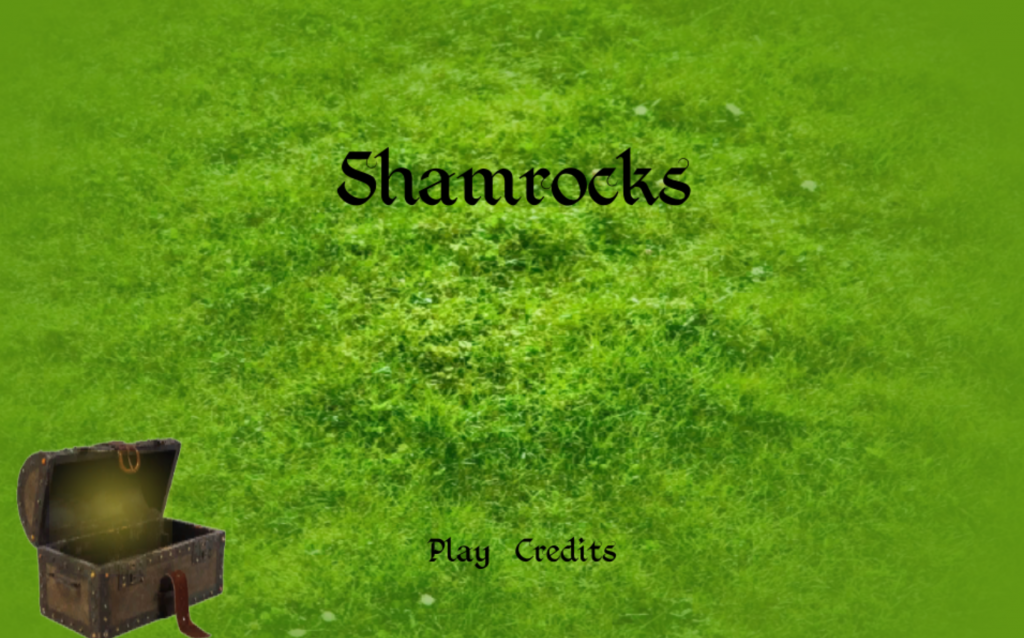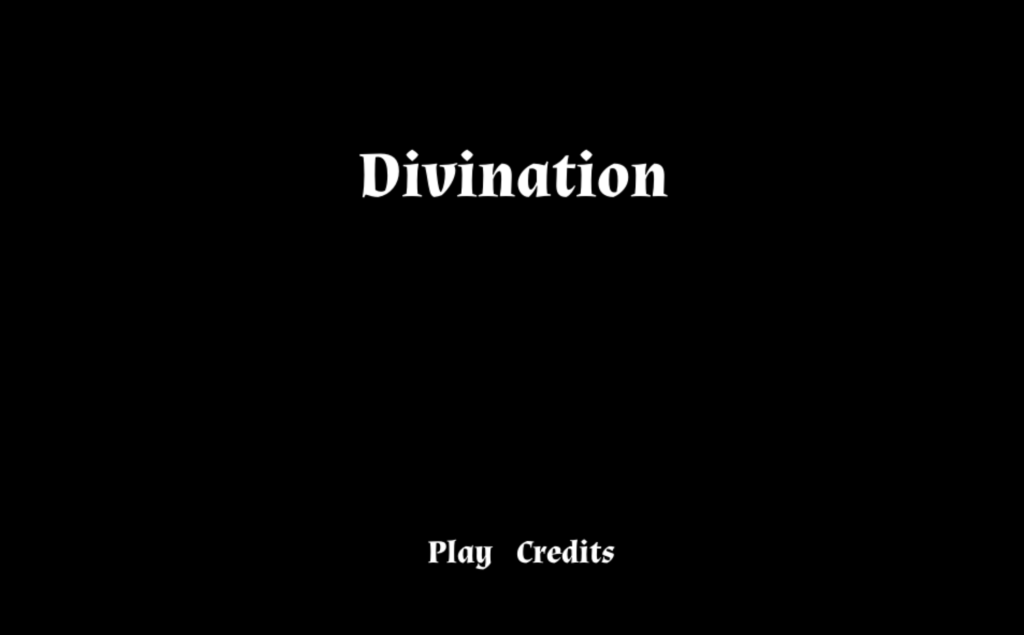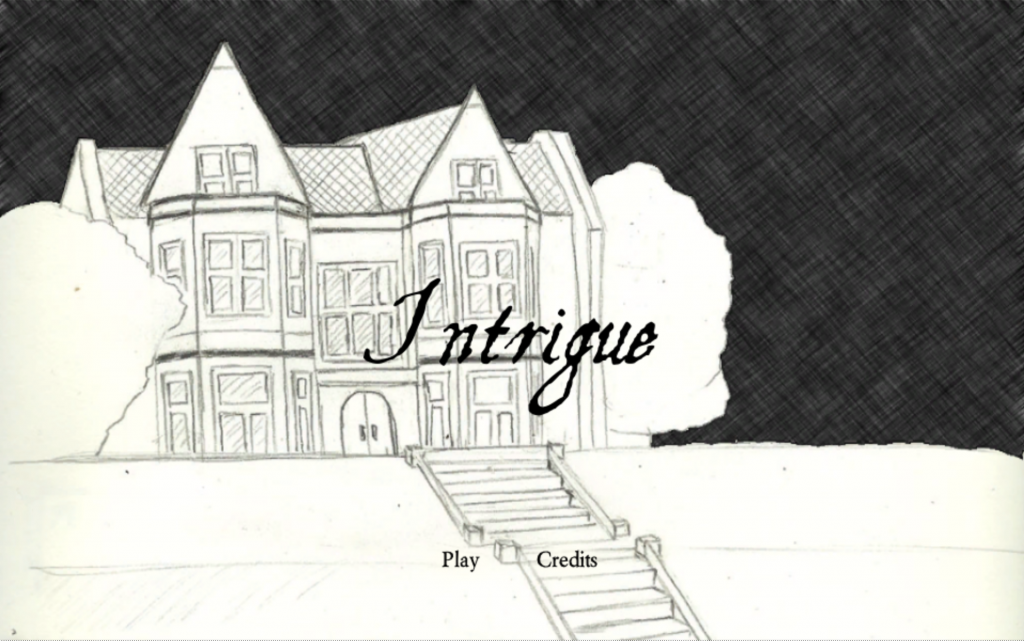
From GameAWeek


Game A Week #23
Play Only Who?
I’m going to level with you, this game isn’t my best. I’m not sure what I expected when I decided to make a game based off of a Simpsons gag, but here we are. The good thing is I was able to put it together relatively quickly, and for some players unfamiliar with the gag there are a few chuckles. If it made one person laugh it can’t be all that bad.

Game A Week #22

Game A Week #21 Shamrocks
Play Shamrocks
I never find four leaf clovers, unlike my friend Erin who has the uncanny ability to find them. I mean seriously. She fills up whole books with them. WHOLE. BOOKS. Anyway, I wanted to make a game around the frustrating experience of trying to fins a four leaf clover amongst the lesser three leaf variety. Plus, I wanted to see if I could implement a drag and drop system into my games since I hadn’t done that before. Shamrocks is the result.
**UPDATE**
I have found 2 four leaf clovers since I’ve made this game. I have added them to my game design notebook in the hopes that some of the luck rubs off on the pages.

Game a Week #20

Game a week #19

Game a week #18
Play RAGE QUIT
The Idea
This game was heavily inspired by SPENT a great game that tries to simulate the tough decisions that come with working for minimum wage. Trust me, when you are asked to spend $20 on a birthday gift, but know you have to stretch $40 to cover the weeks expenses, you feel quite stressed. Spent also does a good job of giving the play information about the events encountered. I believe this additional information not only gives context but allows for empathy and understanding. This is what I wanted to work towards with the help of my friends Jeremy Dietmeier, and Christian Schmieder. My second objective was to create a reusable Spent-Like game engine.
What went right
Perhaps the coolest thing about this GameAWeek is that I built it with modularity in mind. Rage Quit reads in events from a standard csv file meaning that, once I had the structure down, Jeremy Christian and I were able to edit and add to them without having to dig into code.

This means that although we chose to portray issues in the gaming community, we can easily adapt it for almost any subject. I would also like to see this engine used for other projects. So, If you’re interested in using my engine send me a tweet. I’m sure we can work something out.
It’s also worth mentioning that the group worked very well. Group projects are never easy, but I’m glad to say that thanks to good planning and communication we were able to finish the 1.0 release of Rage Quit.
What went wrong
The balance of Rage Quit isn’t quite right as it is. For the 1.0 release we had to scale down our game (originally you played for 30 days) due to the fact that we didn’t have enough events. We were also a bit worried about how some of the events would be interpreted by the player. To address both issues we set up a way for users to add events and give us feedback.
What I learned
I realized something about the way resources were consumed in Spent. In spent, your life and resources are on and the same: money. In spent, Money is also what allows you to exert some sort of agency which makes the events a bit more difficult. For example: when you have a tooth ache you should go to the dentist, but that will take away a bit of your life (money). You know the *right* thing to do is to take care of yourself, but you’re put in a situation where the future is unknown and there may bigger obstacles ahead. This is what I feel Rage Quit doesn’t quite get right. In the future, perhaps we’ll implement a “Patience” system that works more like Spent’s money. For example: A troll is making fun of someone online and you have the choice to help them out. Unfortunately, helping someone out (although it’s the right thing to do) will cost patience. If you don’t want to Rage Quit you’re then forced to think if helping someone is worth the chance that you may not survive the next encounter. You can, of course, choose to ignore it for no loss of patience, but you may have a tinge of guilt.
Spent has some interesting mechanics and is a bit more complex than what I’ve shown here. But I still think that the role playing aspect of Spent has the most power. This week I was reminded just how difficult it is to create an immersive prompt that doesn’t make you feel like you’re just choosing random options. I really hope the future versions are even better.

Game a Week #17
Play Boom!
The Idea
The Idea for this game was straight forward: Make the player feel like they control part of the fireworks show. After I started building it, I found that it felt a bit like fruit ninja or duck hunt.
What went right
The game came together well. I was able to use scripts from previous projects (such as the timed particle emitters) which made things much easier. The eagle was added after the fireworks as a way to shake up the gameplay and provide some comedic relief. This addition was met with applause.
What went wrong
Again, scoping issues. Originally I wanted to have several different colored fireworks instead of just red. Because I ran out of time I wasn’t able to finish it up. I imagine it would be pretty easy to update after a while if I ever go back to it. Balancing also seems to be an issue given that I’ve had people say the rockets are a bit too fast.
What I learned
Quaternion rotation and force was a little difficult to remember. Fortunately, there are quite a few well made tutorials out there and I was able to quickly refresh myself on the basics.
I need to find a way to add balance to my games. The game a week structure is great for getting your coding chops up and allows you to explore a lot of ideas, but it doesn’t give you a lot of depth. In the future, I’d be very interested in doing a depth Jam, as described by Chris Hecker. Good thing is, whenever I do get to focus on balance I’ll have plenty of ideas to explore.

Game A Week #16

Game a week # 15
Play Intrigue
The Idea
I loved logic puzzled growing up. I especially had a fondness for Mindbenders and Osborne Puzzle books like Escape from Blood Castle. This week I flipped through one suck book and had the idea to make a video game based on a deductive reasoning puzzle. However, instead of just getting the clues from the start, I wanted to have the player explore the world a bit. I also wanted to stretch my art muscles a bit and decided I would draw some Edward Gorey-like characters.
What went right
I think the art came out pretty well. It has an Edward Gorey-esque style while still feeling distinct. I was also able to make a few systems that I’ll be reusing in the future. These system include a script that shows text letter by letter, a script that moves objects while fading them out, and a logic puzzle helper. I was also quite happy with the way the game turned out as a whole. I felt I got the experience across while being a fun game for logic puzzle lovers.
What went wrong
The art took forever to make. This is the same problem I ran into with the game Time Enough to Travel. As a result, I had to cut my vision back a bit and didn’t implement any cutscenes. I guess if I want cutscenes in the future I would either have to make another logic puzzle game (and focus on the cutscenes while reusing assets) or make a game around cutscenes. Because of the smaller scope I also ended up not using some art assets.

What I learned
Cutscenes are hard. I wonder if I shouldn’t spend a week coding up a cutscene editor where I can drag an drop actions. I’m sure I’ll reuse it, and I might be better than handling cutscenes on a game per game basis.